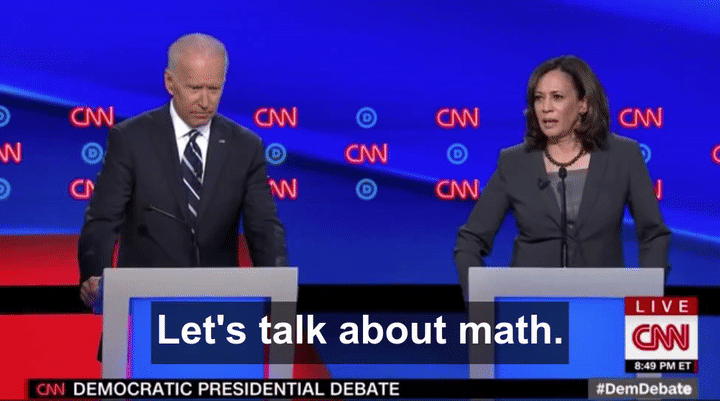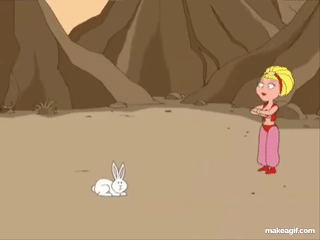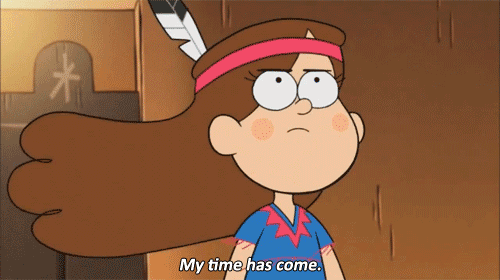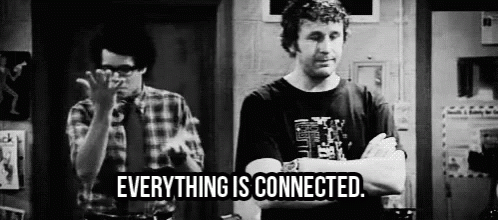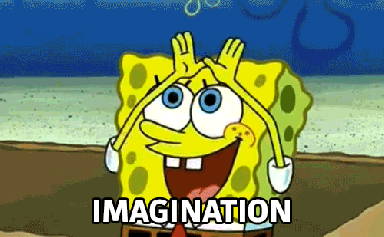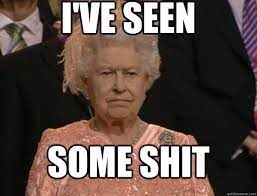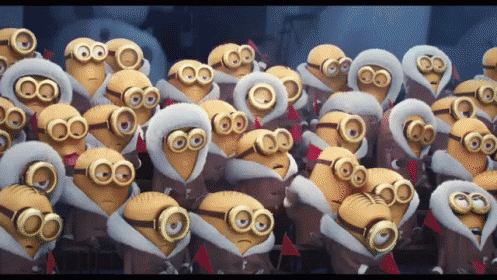Dungeons & Fibery & Dragons of course
Dungeons & Fibery & Dragons of course
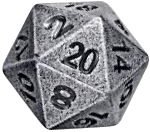
Product company 🚀
1-10 ppl 🎩
Gaming 👻
Switched from 😎
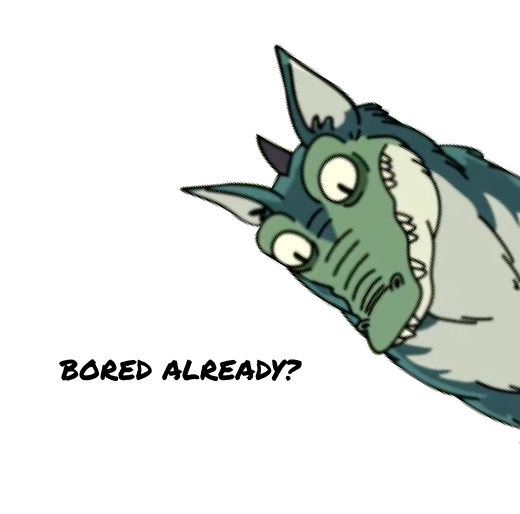
From this case study you'll find how to:
- Create a unique lore
- Structure it in a nice way and connect everything
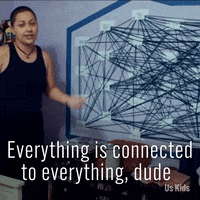
- Use all the data to run the game
- Not get lost in the adventure!
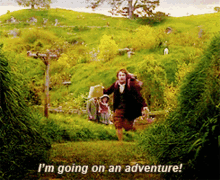
Who will this case study be helpful for?
- For any Game Designer or Producer (in fact for anyone from the gamedev industry who is curious enough, but Game Designers will see the most value)
- For any D&D/other system Master
- For anyone who loves D&D
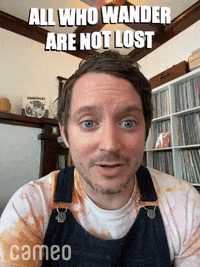 as much as we do 💪
as much as we do 💪



Dig into workspaces & workflows of some awesome companies:
Dig into workspaces & workflows of some awesome companies:

How Vandrouka uses Fibery for game development
Vandrouka
customer story

How Vandrouka uses Fibery for game development
Vandrouka
customer story
TEMPLATES MENTIONED
Product Management
Retrospectives
Custom No-Code Spaces
Gitlab Integration

How Soft Dev agency automated recruiting process with Fibery
Upsilon
customer story

How Soft Dev agency automated recruiting process with Fibery
Upsilon
customer story
TEMPLATES MENTIONED
Employee Management
Hiring
Custom No-Code Spaces

Project planning and management in Fibery
TrueBrow
customer story

Project planning and management in Fibery
TrueBrow
customer story
TEMPLATES MENTIONED
Project Management
Custom No-Code Spaces
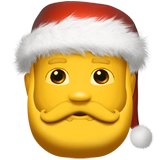
How Santa Uses Fibery to make Christmas happen
Saving X-mas '21
customer story

How Santa Uses Fibery to make Christmas happen
Saving X-mas '21
customer story
TEMPLATES MENTIONED
Elf production
CRM a.k.a. Children
Decision-making
All this content is for you, not for SEO (doesn't work anyway)
All this content is for you, not for SEO (doesn't work anyway)
